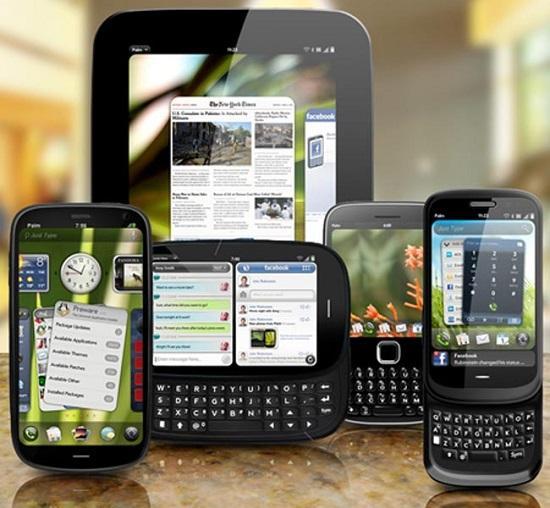
We’ve come a long way since 2009. But it was in 2009 that I fell in love with a phone called the Pre, and so 2009 is a year that I’ll remember fondly for a long time. I had a friend add a line for me through Sprint, and I used the original Palm Pre like a fanatic. Sure, the iPhone was cool, but the Pre was truly different. webOS stood out, and if you were to ask me right now if the market could stand another handset running that particular mobile operating system, well, I’d tell you yes.
And there is nothing that I want more.
But times have changed since 2009. We have seen so many different phones since then, and so many different versions of mobile operating systems. Indeed, there’s been updated versions of webOS, but development has been halted. webOS has gone the way of other extinct operating systems, at least in the eyes of the mainstream consumer. Open webOS exists, and hopefully we get to see some interesting things happen from that endeavor. The chances of it climbing up the ladder against the likes of iOS, Android, or even Windows Phone (and hopefully BlackBerry 10), in its current form, are pretty slim.
Especially when we look at the range of devices we can see hitting the market now. The desires of the consumer have changed since the release of the Pre, and even since the launch of the Pre 3 across the pond. We can see that in devices like Samsung’s Galaxy Note II, even the bigger display on the iPhone 5 shows the changing times. And now we’ve got devices like Huawei’s Ascend Mate, and its huge 6.1-inch display. (Which you can see in our hands-on here.)
Software has changed, too. TouchWiz has come a long way, and we’re expecting to see a brand new Sense UI from HTC. In 2013 we’re hoping to see a big change in iOS, and who knows what Android will do next. Features and aesthetics matter more now to consumers than ever before.
And then we’ve got a veritable laundry list of up-and-coming operating systems hoping to obtain some of the limelight from the major players. Sailfish OS, Ubuntu for Phones, Firefox OS, and Tizen OS to name a few. These are the platforms that are hoping to bank on their unique features more than anything else, but they’ve got a hard fight ahead of them.
I think Open webOS, if it could get some major backing, has more in common with Research In Motion’s BlackBerry 10, though, more than any of the other platforms. Why? Because of the name. Even if webOS could come back, obviously Palm wouldn’t be involved, but the webOS name still has plenty of draw on its own. That alone could draw in plenty of customers, especially those who were using webOS before its doom.
And then the hardware. If we could get a new hardware design, something different than what we saw repeated between the Pre to Pre 3, it could easily stand out amongst the crowd.
The problem comes in comfort of use. Since webOS has dropped off the radar, a lot of webOS users have switched platforms entirely. They’ve gone over to iOS, or Android. I know a few people who actually chose Windows Phone just because they didn’t have webOS support anymore. I think that would be probably the biggest uphill battle for any new, major push for a new breath of life into webOS. In the time that they’ve left webOS, or that the platform has gone dark, consumers have had time to fall in love with something else. They’ve become invested.
There’d have to be some major improvements in webOS, both in hardware and software, to make an impact big enough to make those invested in another platform to switch.
But I want to hear from you, Dear Reader. Based on this market, how full the mobile ecosystem is, do you think webOS could be brought back to life with enough of a push? And if so, what do you think it would take? Would a new webOS device be a phone you'd keep for the longhaul? Let me know!